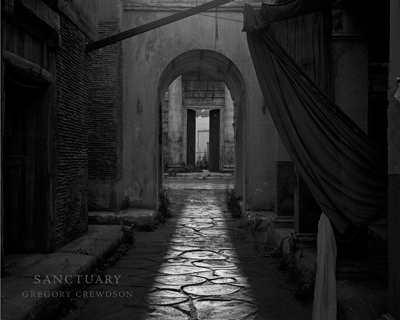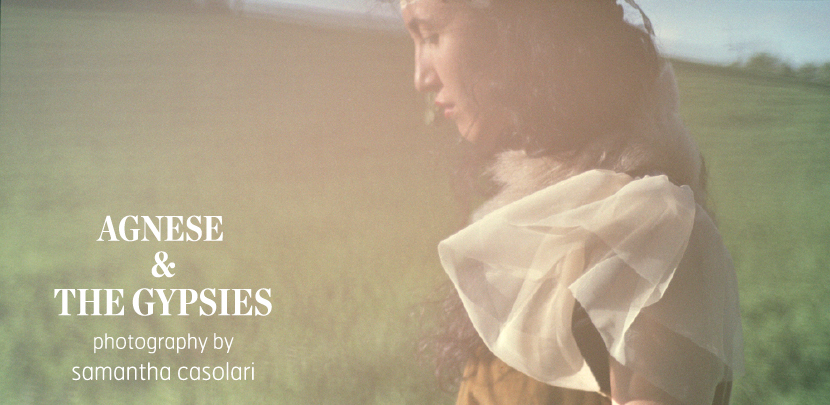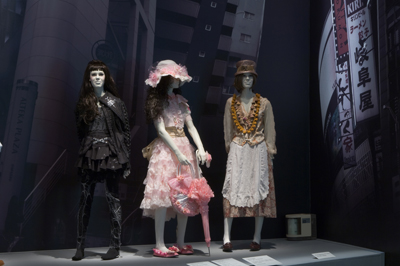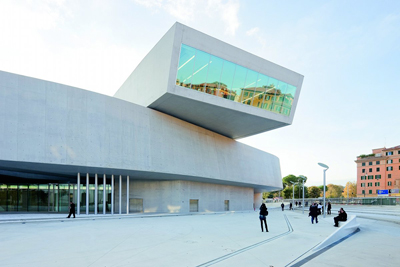

Photographer Gregory Crewdson is known for his staged tableux of everyday suburban scenes. He uses movie lighting and post-production effects to compose dramatically lit and colored images that, in their heightened realism, verge on the surreal. They’re physically accurate and emotionally unsettling, without easy sentimental meaning.
For his latest project, in an interesting reversal, Crewdson documented the exterior stage sets at Cinecittà, the fabled movie studio in Rome. He worked in a more straightforward way, almost documentary-style, shooting in black and white and using natural light. These stately, evocative prints have been collected in a new book, Sanctuary, and are on view at the Gagosian Gallery on Madison Avenue in New York from September 23 through October 30.
What’s most striking about the scenes is their emptiness. There are no people here and no traces of them: no signage, no litter, no footprints or tire tracks. And yet the architecture of the sets invites occupation. There are plazas, walkways, and triumphal arched entryways. Where has everyone gone? As in the cityscapes of Giorgio DeChirico, the place seems to have been abandoned all at once, frozen in a historic moment by illness or catastrophe. Elements like half-open doors and stairs that lead nowhere have a dream-like resonance.





 Facebook
Facebook Permalink
Permalink Digg
Digg Reddit
Reddit LinkedIn
LinkedIn StumbleUpon
StumbleUpon Tumblr
Tumblr
















